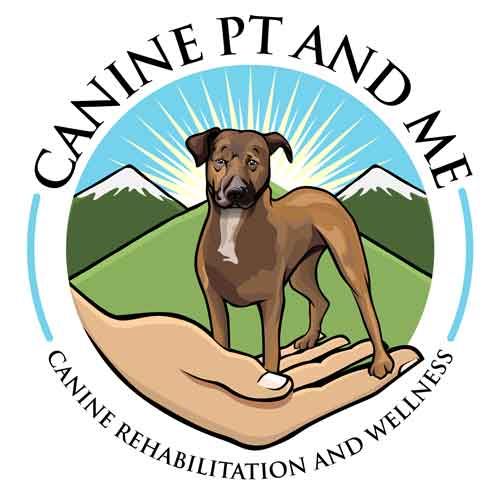Hip dysplasia is a developmental condition where the hip joint does not form properly resulting in laxity of the hip. Over time, this can cause pain, bone spurs, deterioration of the cartilage, formation of scar tissue, and arthritis. This condition tends to affect large breed dogs. (German Shepherds, Labradors Retrievers, Golden Retrievers, Rottweiler)
How can it affect my dog?
Technically, hip dysplasia describes a condition that causes a painful, stiff hip joint with reduced mobility. Of course, you can’t see the inner workings of your dog’s joints and ligaments, so you’ll need to keep an eye out for other signs. All dogs have different pain tolerance, but the signs of hip dysplasia are usually common.
Limping (lameness) is almost certain if your dog has hip dysplasia. You might see your dog shifting their weight to their front limbs regularly to alleviate stress on their hind legs and hips. Another telltale sign is that dogs are reluctant to jump and they run oddly. If your four-legged friend loves getting on the couches or beds, and they suddenly stop, it’s a big warning sign. In some cases, you may even notice visible muscle weakness on a particular leg.
Needless to say, it’s a very painful condition for dogs, so acting fast is the best way to keep your furry friend healthy and happy. Early intervention ensures the right treatment plan for your dog’s individual needs.
Symptoms
What are the signs of a dog with hip dysplasia? Your dog might show signs of lameness or limping, hesitation in getting up or jumping, shifting their weight to the front limbs, atrophy of the hind limb muscles, pain, and stiffness. These signs generally show up in young dogs with significant hip laxity or older dogs that have degenerative changes of the hip.
Treatment
Physical therapy for dogs with hip dysplasia is a conservative treatment approach that is very beneficial. While canine physical therapy has many benefits, it won’t make a joint that is mis-shapen fit together. A certified canine rehabilitation therapist can improve your dog’s ability to get around. They help increase their strength, decrease pain and stiffness, and analyze their gait. Physical therapy can also help prevent compensatory issues that might occur due to improper use of their hind legs.
A canine physical therapist will perform hands-on therapy techniques to your dog’s hips and muscles to improve their mobility. They will also prescribe a customized exercise program to improve the stability of the hip joint. They may even recommend home environment modifications to make it easier for your dog to get around. A certified canine rehabilitation therapist can help improve your dog’s quality of life so that your companion can live pain-free!
~Canine PT and Me Team
